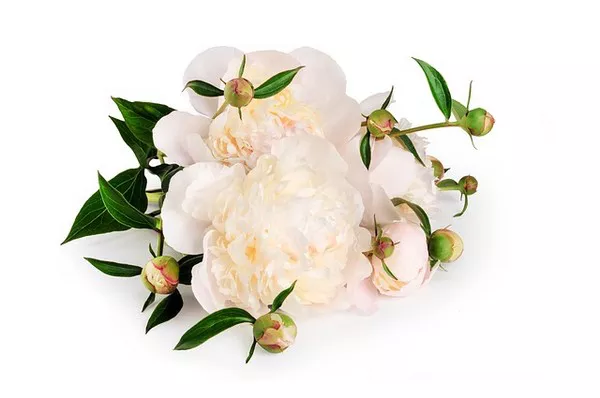Flower pressing is an ancient and delightful craft that allows us to preserve the fleeting beauty of nature for years to come. Whether you’re a seasoned enthusiast or a beginner eager to explore this timeless art, understanding the proper techniques for preparing flowers is crucial to achieving stunning results. In this comprehensive guide, we will delve into the intricate process of preparing flowers for pressing, covering everything from selecting the right specimens to mastering the art of preservation.
Selecting the Perfect Specimens
The first step in preparing flowers for pressing is selecting the perfect specimens. Not all flowers are suitable for pressing, and choosing the right ones will significantly impact the quality of your final pressed flowers. Here are some tips for selecting the perfect specimens:
Freshness: Choose flowers that are freshly bloomed and free from any signs of wilting or browning. Fresh flowers will yield vibrant and beautiful pressed blooms.
Flatness: Opt for flowers with relatively flat profiles, such as pansies, violets, and daisies. Flowers with bulky or protruding centers may not press well and could result in uneven pressing.
Texture: Consider the texture of the flower petals. Flowers with delicate and thin petals, such as forget-me-nots or cosmos, are ideal for pressing as they tend to preserve their shape and color better.
Size: Choose flowers that are appropriately sized for your pressing apparatus. While smaller flowers can be pressed as they are, larger blooms may need to be dissected or flattened before pressing.
Color: Select flowers with vibrant and intense colors. Keep in mind that some flowers may lose their color during the pressing process, so choose specimens with colors that you’d like to retain.
Preparing Flowers for Pressing
Once you’ve selected the perfect specimens, it’s time to prepare them for pressing. Proper preparation is essential for ensuring that your pressed flowers retain their shape, color, and texture. Follow these steps to prepare your flowers for pressing:
Harvesting: Choose a time of day when the flowers are at their freshest, usually in the morning after the dew has dried. Use sharp scissors or pruning shears to harvest the flowers, making clean cuts just above the base of the stem.
Trimming: Remove any excess foliage or stems from the flowers, leaving only the blooms. Trim the stems to a manageable length, typically around 2-3 inches long.
Flattening: For larger flowers or blooms with bulky centers, gently flatten them using your fingers or a rolling pin. Be careful not to damage the petals or distort the shape of the flower.
Drying: Lay the prepared flowers in a single layer on absorbent paper, such as blotting paper or parchment paper. Make sure the flowers are not touching each other to prevent them from sticking together during the drying process.
Weighting: Place another layer of absorbent paper on top of the flowers, followed by a heavy object such as a book or a flat board. This weighting helps to press the flowers evenly and ensures that they dry flat.
Drying Time: Allow the flowers to dry and press for several days in a cool, dry place with good air circulation. Check on the flowers periodically to ensure they are drying properly and replace the absorbent paper if necessary.
Optional Preservation: If you’d like to preserve the color of the flowers, you can use a flower press or microwave flower press to speed up the drying process. Follow the manufacturer’s instructions carefully to prevent over-drying or damaging the flowers.
Tips for Success
Experimentation: Don’t be afraid to experiment with different types of flowers and pressing techniques to achieve your desired results. Each flower species may require slightly different preparation methods, so don’t hesitate to try new approaches.
Timing: Harvest and press the flowers as soon as possible after they’ve reached their peak bloom. Delaying the pressing process can result in wilted or discolored flowers.
Patience: Pressing flowers is a delicate and time-consuming process that requires patience and attention to detail. Take your time and allow the flowers to dry thoroughly before removing them from the press.
Storage: Once the flowers are pressed and fully dried, store them in a dry, dark place away from direct sunlight to prevent fading. You can store pressed flowers in a photo album, frame them, or use them in various craft projects.
Conclusion
Preparing flowers for pressing is a rewarding and meditative process that allows us to capture the ephemeral beauty of nature in a timeless form. By carefully selecting the perfect specimens and following proper preparation techniques, you can create stunning pressed flowers that will be cherished for years to come. Remember to experiment, be patient, and enjoy the creative journey of flower pressing. With practice and dedication, you’ll master the art of preparing flowers for pressing and unlock endless possibilities for creativity and expression.


